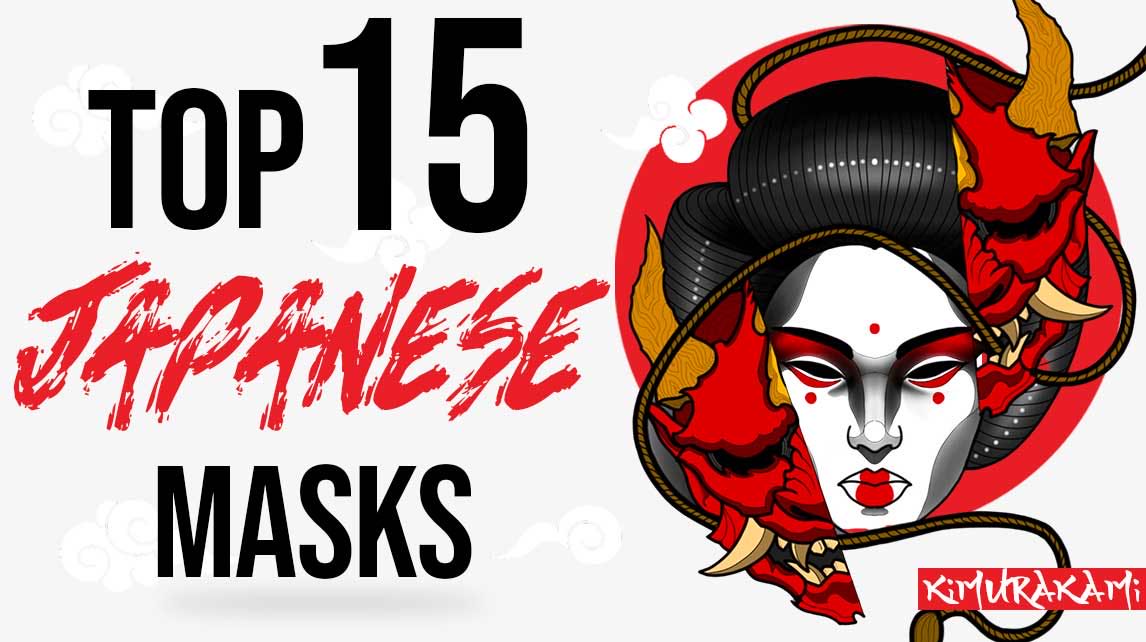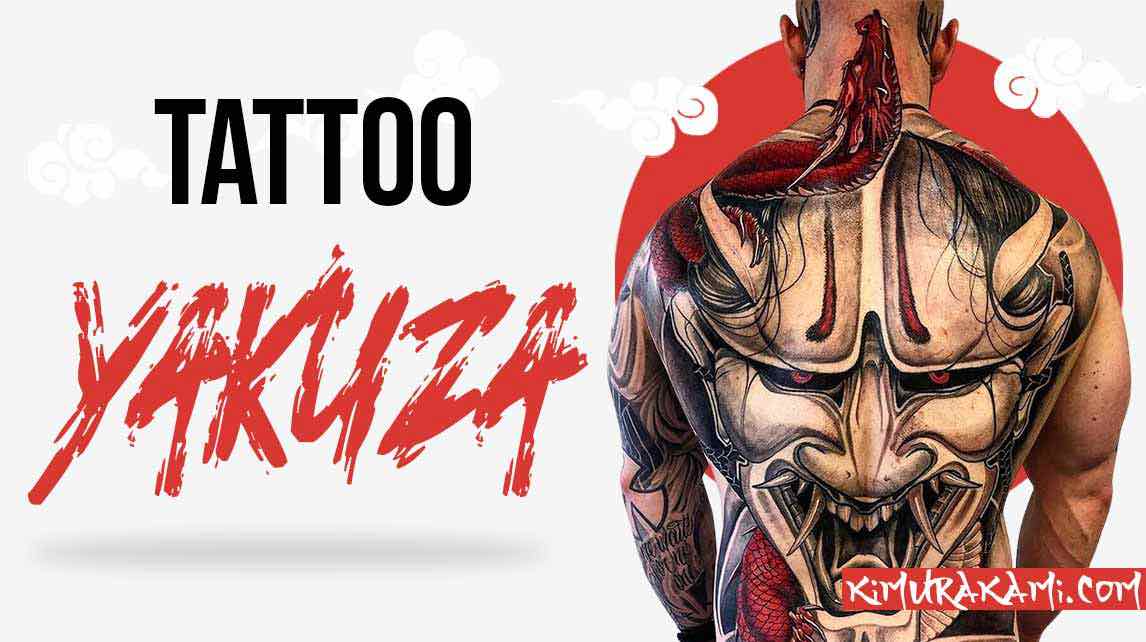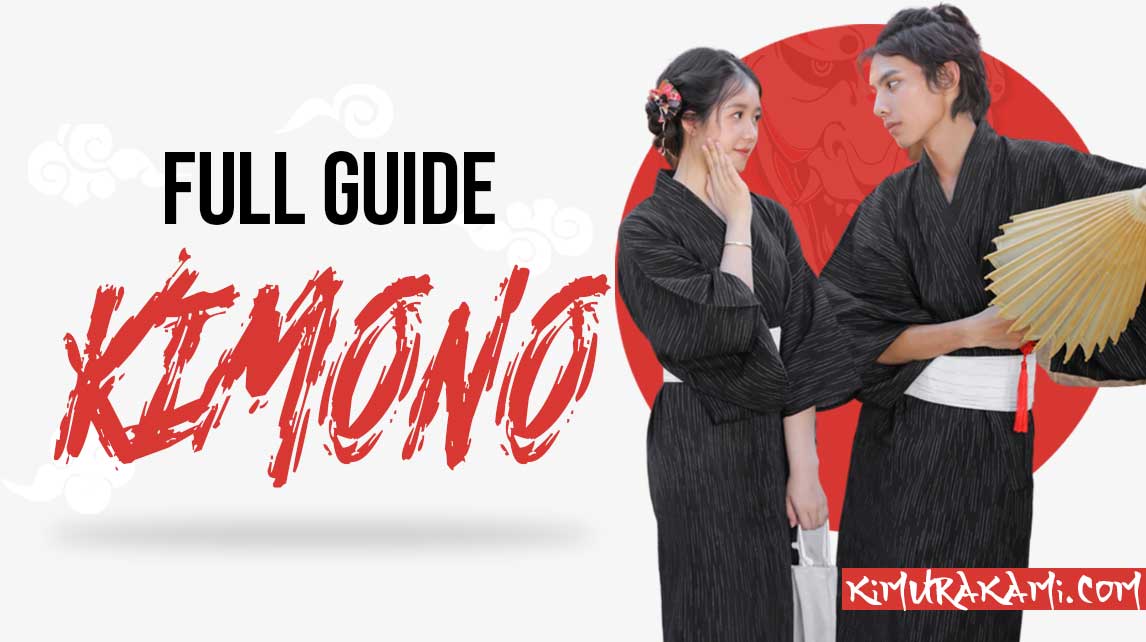The Japanese dragon is a creature emblematic of Asian mythology. It is a force of nature cited in numerous legends from the land of the rising sun.
As the yokai and kami, it is a heavenly creature with great magical powers.
The dragon appears in many religions to protect the gods. Sculptures and paintings of this mythical animal can be seen in Japanese temples and palaces.
The Japanese dragon is a symbol of power and strength. In the Japanese society it is customary to honor it every year during the Golden Dragon Dance or let Kinryu. This majestic creature is also defined as the guardian of Buddhism.
THE JAPANESE DRAGON IN ALL ITS SPLENDOUR
 Drawing with a Japanese water dragon in Japon feudal period / Source : unknown
Drawing with a Japanese water dragon in Japon feudal period / Source : unknown
In Japan, the dragons are called Tatsu or Ryu, It belongs to the serpentine creature species.
1. Japanese dragon history
Its origin comes from ancient China.
The tales and legends tell that the dragons hid a sacred pearl at the back of their throat, It is the source of their power. It brings wisdom and happiness to its owner.
2. Dragon characteristics
The dragon has a body covered with scales and has the power to fly in the air.
This mythical animal also has a long serpentine body. Its appearance is that of a chimera. It has eagle talons, ox ears, deer horns and a reptile body.
The difference between a Chinese dragon and a Japanese dragon is that the latter has three claws as opposed to five.
If you are interested by the magnificence and sublime shape of the Japanese dragon. We recommend you to have a look at this wonderful dragon snake ring !
3. Dragon legend
There are several stories within Japanese folklore about the transformation of dragons, This process can take thousands of years. In the beginning, the dragon is a simple snake. It then mutates into a Koi carp. It is first a snake before mutating into a carp and then a few centuries later into a legendary dragon with a tail, clawed legs, horn and a crest to glide and fly majestically in the sky.
The Asian reptile is often depicted in water in Japanese prints or in drawings because it lives in the aquatic environment.
This Japanese god is polymorphous. It can stretch its body, become invisible and metamorphose into a human.
There are many differences with the European dragon which flies with its wings and spits fire. The western dragon is often demonic whereas the Japanese dragon is good!
ORIGIN OF THE JAPANESE DRAGON
 Drawing and japanese dragon art / Source Adobe Stock
Drawing and japanese dragon art / Source Adobe Stock
7 generations of gods (kami) were born after the creation of earth and sky. They are the guardians of the heavenly gods. Their role is to protect the other heavenly creatures with whom they appeared.
In Japanese mythology, they are said to reign over the oceans and they defend the gods and are the masters of the oceans.
There are 5 different types of dragons:
- The god of wind and rain: the spiritual dragon
- The guardian of the Kamis: the celestial dragon
- The symbol of the Chinese dynasty: the imperial dragon
- The protector of precious stones: the treasure-defending dragon
- The guardian of oceans and rivers: the land dragon
THE MYTHS OF THE JAPANESE DRAGONS
Several myths revolve around the dragon !
In the year 712, an ancient book was published: the Kojiki. It contains many legends about Shinto gods and the origin of Japan.
Among the most famous are the legend of Watatsumi, the demonic dragon Yamata No Orochi.
1. The history of Watatsumi
 Tiger vs traditional Japanese dragon / Image Adobe Stock
Tiger vs traditional Japanese dragon / Image Adobe Stock
The Watatsumi dragon is also called the Ryujin dragon. It is the famous god of the seas and oceans. It is the king dragon recognizable by its long mustache and immense size. He governs all aquatic species. Its underwater palace is a place of refuge for all shipwrecked people.
The Japanese legend tells that his daughter Otohime fell madly in love with a human named Hoori. He was an explorer and fisherman who traveled the seas in search of a hook. After he was struck by the king's daughter, they both decided to live in the divine palace.
Dying of boredom in the water palace, Hoori wanted to return to live on earth. However, he could not return because he was afraid of his brother's reaction when he learned that he had not found his hook.
The dragon king summoned the servants of his kingdom to ask them if they had seen the object he was looking for. He was told that a fish had swallowed it.
Hoori was able to return to earth with the dragon goddess.
Did you know that emperors are the descendants of Kamis? The Japanese legend tells that the grandson of Hoori and Otohime was the first Japanese emperor.
2. The myth of Ryujin and the jellyfish
Another legend is based on the god of the sea, Ryujin.
The dragon emperor's daughter was seriously ill. To cure her, he ordered the jellyfish to bring her a monkey's liver. At that time the jellyfish had legs and bones.
The jellyfish looked for the mammal on earth. When they found it, the swore that its liver had been stolen. The jellyfish returned to face the wrath of their king.
The sea dragon realized that the monkey had mocked them. He crushed the jellyfish in an excess of rage, and that is why the jellyfish is boneless now.
3. The Legend of Yamata no Orochi
 Susanoo slaying the yamata no orochi / Illustration by YamaOrce
Susanoo slaying the yamata no orochi / Illustration by YamaOrce
Yamata no Orochi is an evil creature with 8 heads and 8 tails. For centuries it has terrified the inhabitants of the town of Izumo near the river.
He had blood-colored red eyes, his body was spread over 8 hills and 8 mountains. On his back, you could see cypress trees and moss and on his belly rivers of blood.
Each of his heads represented natural elements such as :
earth, wind, water, fire, poison, light, darkness, and lightning.
Every year he would devour a young girl offered as an offering by the villagers.
The king of Izumo would offer his eighth and last daughter as a sacrifice, to calm the Japanese monster. But this time the storm god Susanoo stepped in and made a pact with Izumo.
He promised to defeat the dragon in exchange for the hand of the king's maiden.
To protect her, he turned her into a comb that he hid in his own hair.
The Susanoo god deposited 8 barrels of sake to deceive the dragon yokai.
Yamata no Orochi couldn't stop himself from drinking all the divine drink before falling asleep drunk.
Susanoo cut off the 8 heads.
He found inside the evil dragon the mythical weapon Kusanagi no Tsurugi. He then offered the sacred sword to his sister Amaterasu (sun goddess).
JAPANESE DRAGON TATTOO
The japanese dragon tattoo is a symbol of power and strength. Just like the reptile, it has an unpredictable character. It can be dangerous to the common man. But seeing a dragon is a good sign because it is a benevolent creature.
In the world of the yakuza many tattooed people have a Japanese dragon tattoo on their body because it brings success, wealth and happiness. It also symbolizes wisdom, immortality and perseverance.
PLACE OF THE DRAGON IN JAPANESE CULTURE
During the Kinryu no mai which takes place every year, the Japanese honor the dragons in Tokyo in a ceremony at the Senso-ji in Asakusa. This is the oldest Buddhist altar in the capital.
 Kinryu no mai is the famous Japanese dragon festival
Kinryu no mai is the famous Japanese dragon festival
8 dancers carry a golden dragon in a parade around the temple. The body has at least 8888 scales and is 18 meters long. The number 8 is a special symbol for followers of Buddhism. The golden dragon is also seen in October during the Chrysanthemum festival!
JAPANESE MANGA DRAGON
1. Dragon ball
 Dragon ball Z Shenron and Sangoku flying on his magic cloud
Dragon ball Z Shenron and Sangoku flying on his magic cloud
How not to quote the famous manga Dragon Ball. This Japanese anime has accompanied our youth (and continues to do so with Dragon Ball Super) through mythical fights and characters:
Sangoku, Vegeta, Broly, Freezer, Picolo, Sangohan, Cell, Trunk, Boo Sangoku goes in search of crystal balls of the dragon Shenron. Once the 7 balls are together, it's possible to ask to the legendary shenron dragon to grant a wish.
2. Chihiro's Travel
 Image source Diivon / Haku spirited away dragon from Japan anime Chihiro's Travel
Image source Diivon / Haku spirited away dragon from Japan anime Chihiro's Travel
This Japanese animated film is directed by Hayao Miyazaki and produced by the ghibli studio. Featuring two main characters: Chihiro and the mystic Haku. The latter has the power to transform himself into a Japanese dragon.
Chihiro was on his way to his new family. But on her way, she will enter the spirit world! This Japanese film is one of the greatest successes in the history of Japanese anime. Personally at Shogun Japan, we find the drawings magnificent and the Japanese universe with its mystical folklore is just wonderful.
3. Fairy Tail
 Source image : unknown (please contact us for credit) / Natsu dragon force is awesome in this Japan Anime
Source image : unknown (please contact us for credit) / Natsu dragon force is awesome in this Japan Anime
In the manga fairy tail, the dragons ruled the world before the first magicians came. Cohabitation was peaceful but war soon took over. Ignoring the fire dragon will initiate Natsu magic.
4. One piece
 Source illustration by the artist Pisces-D-Gate / Kaido dragon fighting Mugiwara Luffy on the samurai and geisha island
Source illustration by the artist Pisces-D-Gate / Kaido dragon fighting Mugiwara Luffy on the samurai and geisha island
In the world of Wano, the future King of Pirates measures himself against one of the 4 emperors, the dragon Kaido. But we are not going to spoil you, don't worry! And we invite you to watch the animated series or read the manga!
WHERE CAN YOU SEE REAL DRAGONS?
We have seen in this article that Japanese dragons are closely linked to Japanese history and legends. They have been rooted in the Japanese culture for centuries and there are many places where they can be seen!
If you travel to Japan then you will surely see them in Shinto buildings and especially near rivers.
We recommend that you visit the sacred island of Miyajima, where you will find the Itsukushima altar. It is a mystical place where dragons are prayed for. You can also see fantastic creatures on the ceilings of Buddhist temples.
If you love Japanese dragons and the symbol of power, strength and wisdom they represent, then make it known by decorating your room with a Japanese Dragon painting!










Leave a comment